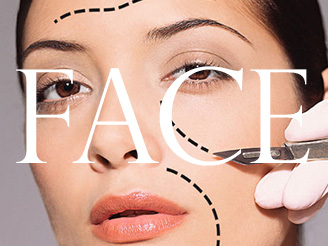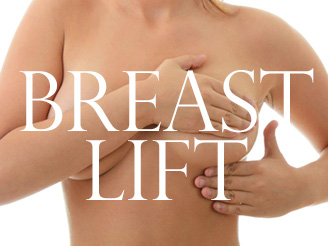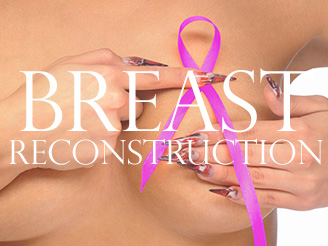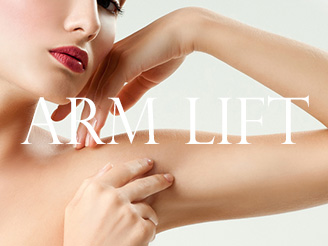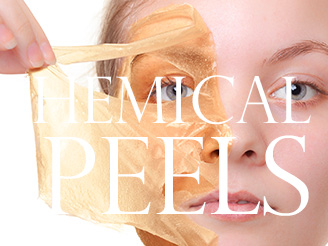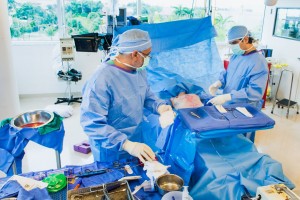 Procedures
Procedures
There are three major factors that will influence the outcomes from any surgical procedure. One out of the three factors is unique and characteristic to each individual patient. One is characteristic to the procedure itself, and the other is unique and characteristic to the surgeon.
A perfect analogy is an artist that is about to create a masterpiece. Your plastic surgeon is an artist, and should behave and think as such whether it’s a reconstruction or an aesthetic procedure. The three characteristics that are analogous from a surgeon to an artist is the Canvas, the pain, and the technique of the artist.
The canvas is the soft tissue that will be operated upon. The properties of the tissues play an important role on the outcome of the procedure. Every patient heals differently, and their soft tissues behave in distinct ways. It is important for me to understand the unique properties of your tissues to attain the best result. The soft tissues can be manipulated to optimize the result.
This brings me to the second characteristic, like the paint an artist uses the parallel is the principles of the procedure. Each procedure has unique principles that when applied correctly optimized the results. Principles to minimize scars are: 1) No tension on closure, 2) No gaps on closure, and 3) Placing incisions in locations where there are no vectors of tension. Patients ask about why tension and gaps on the incision is bad for scars, and the explanation is that tension leads decreased blood supply to that skin, which means that the incision does not heal well. In addition, if there are vectors of force pulling the incision apart, this tension pulls the incision open for possible even a millimeter. This opening creates a gap, which will heal poorly (secondary intension healing). Evan half a millimeter is too much, and this principle should be applied to every operation. I make sure there are no gaps or tensions on the incision leading to poor healing. Placing incision on concave surfaces (on skin creases) minimized the force and tension applied to the incision. Unlike convex surfaces, which has tremendous vectors of force and tension on the surface in all directions. Convex surfaces should be avoided when possible.
The last characteristic that will have an impact on the results of any operation is the skills of your surgeon. Like any masterpiece, it’s the vision and skill of the artist that will determine the quality of a masterpiece. The surgeon needs to understand that any anatomical structure is one part of the whole. For example, the nose is a part of the eye-lips-chin complex, the breasts are a part of the shoulders-clavicles-chest-abdomen complex, and the eyes lids are a part of the forehead-brows-temporal complex. It is critical to see the concerns of the patient for a particular anatomical part as a more global landscape in order to no miss important details. Shadows also play a role in how we are perceived, and our attention is always drawn to poor anatomical structures that create abnormal shadows. The surgeon needs to have the vision to see the changes that will occur with any procedure, and the shadows that will be created or modified. It is the details, the skill, and the vision of your surgeon that will have the most dramatic and critical role in your outcomes.
